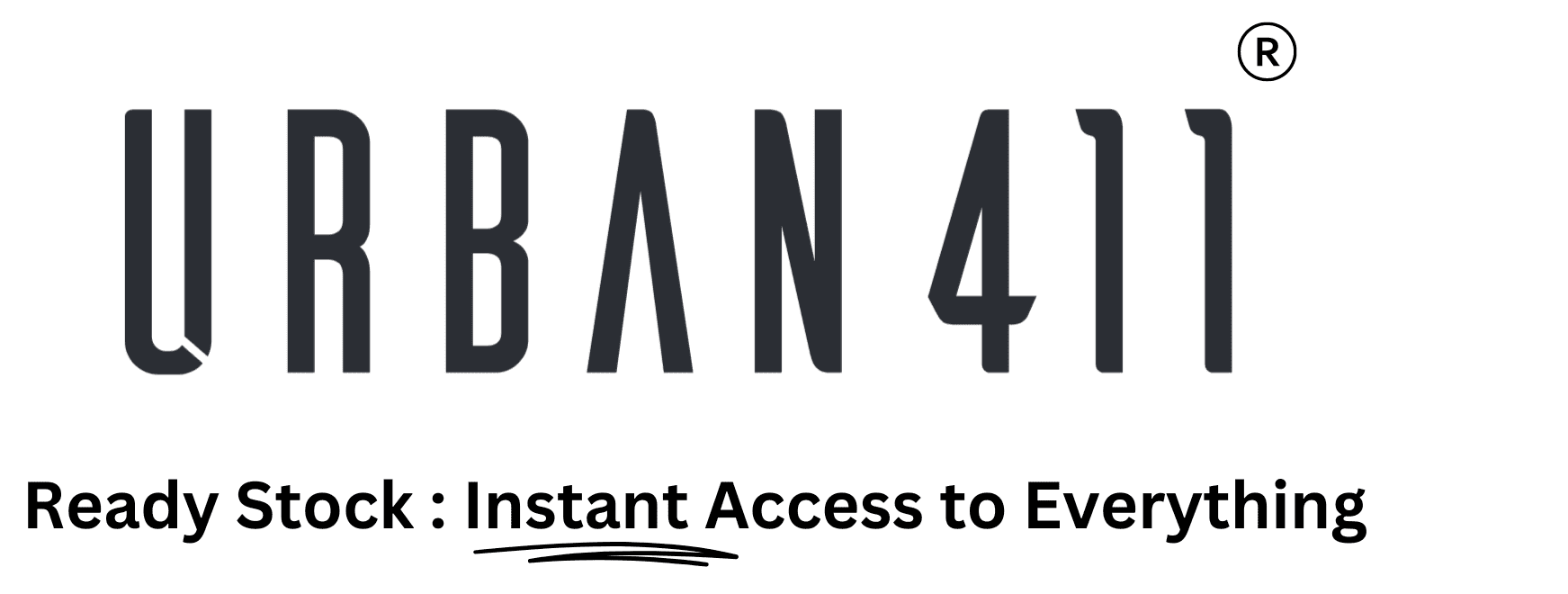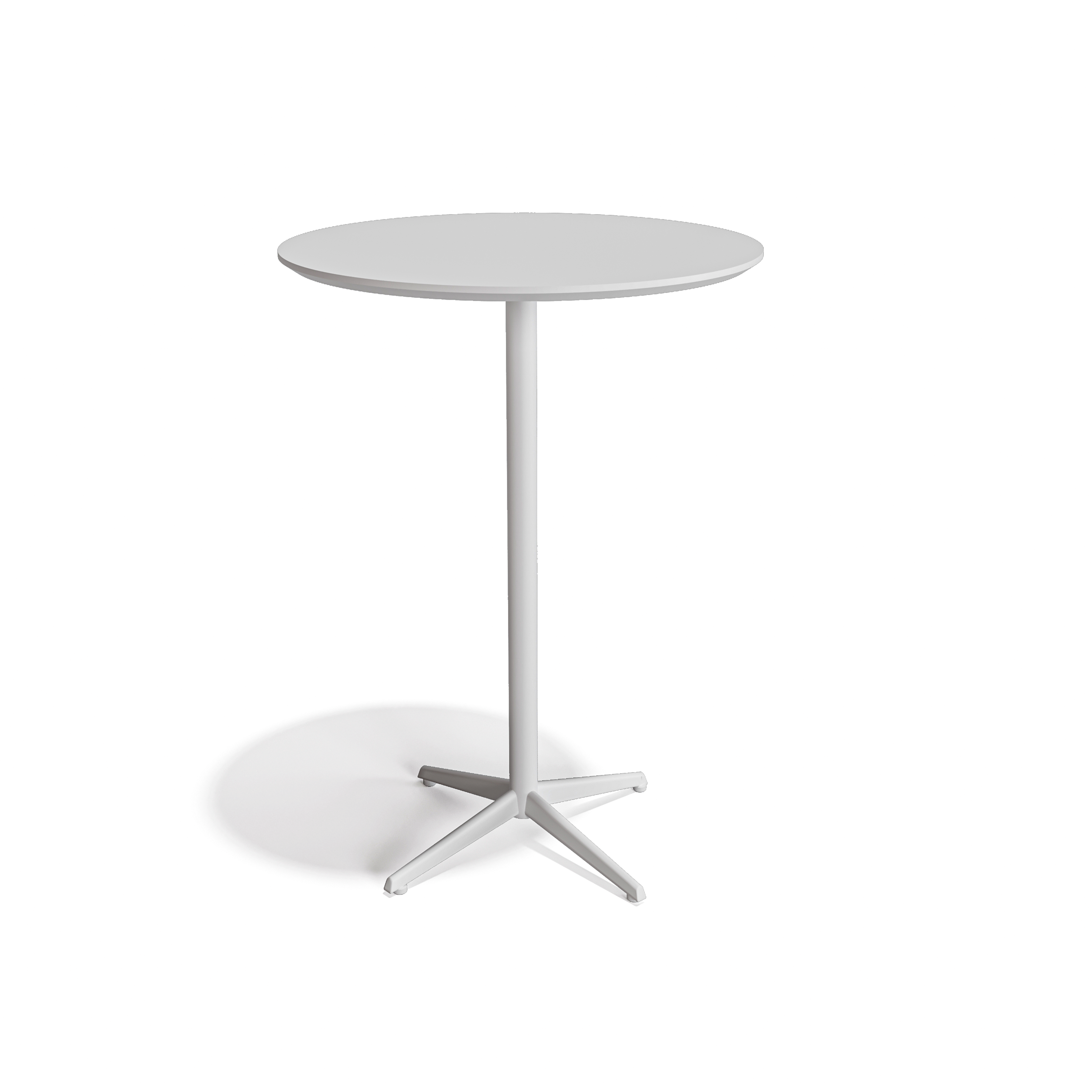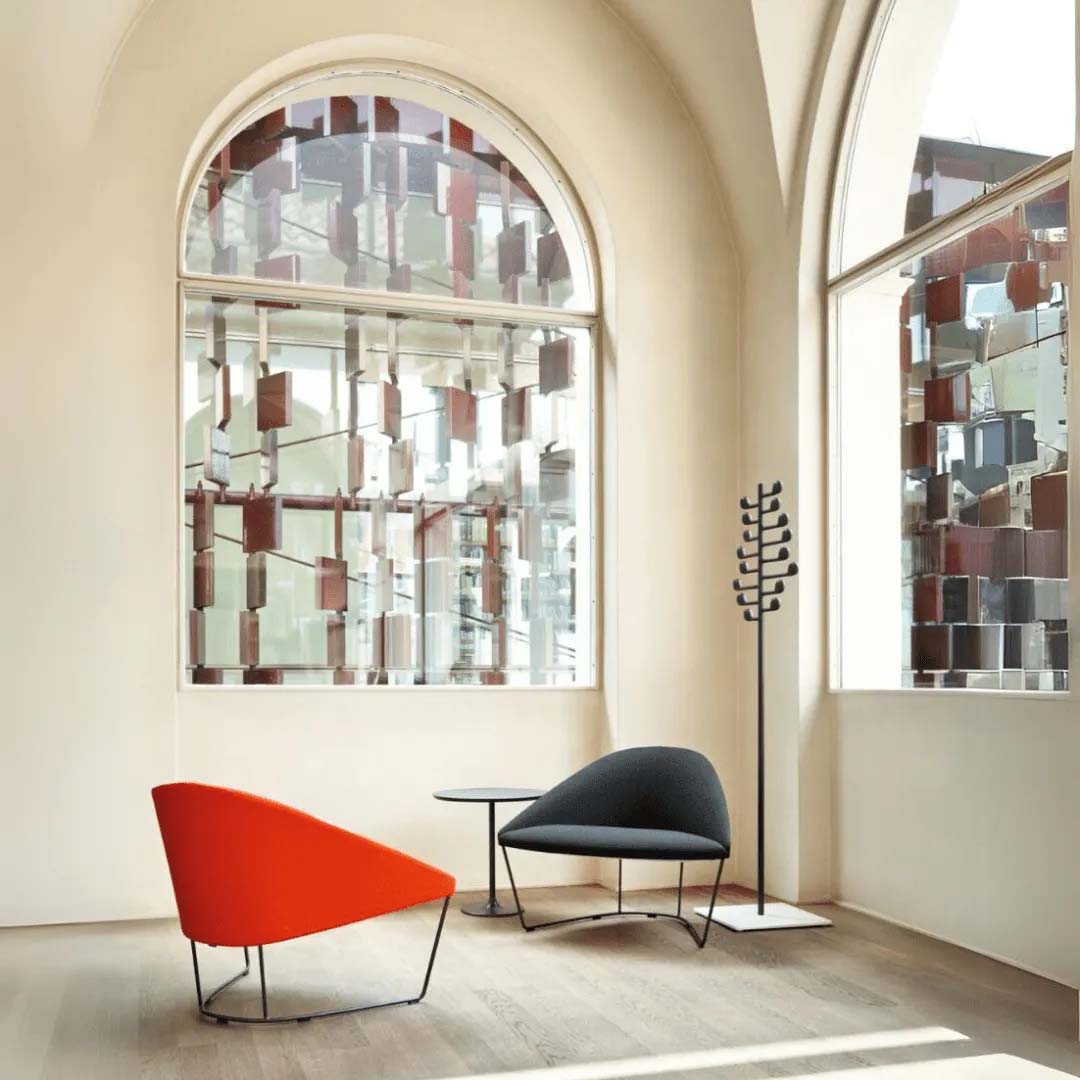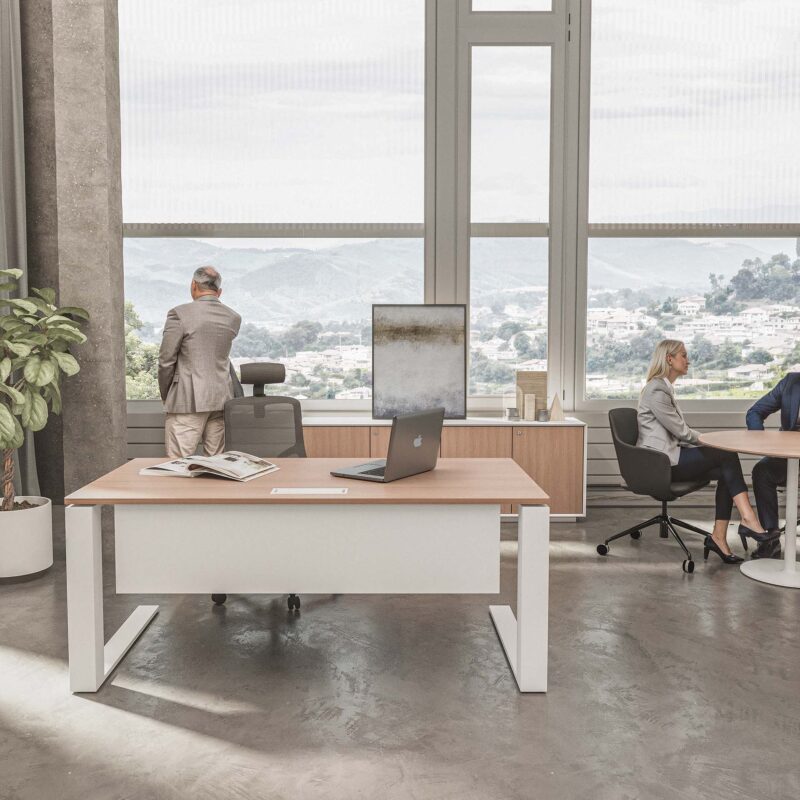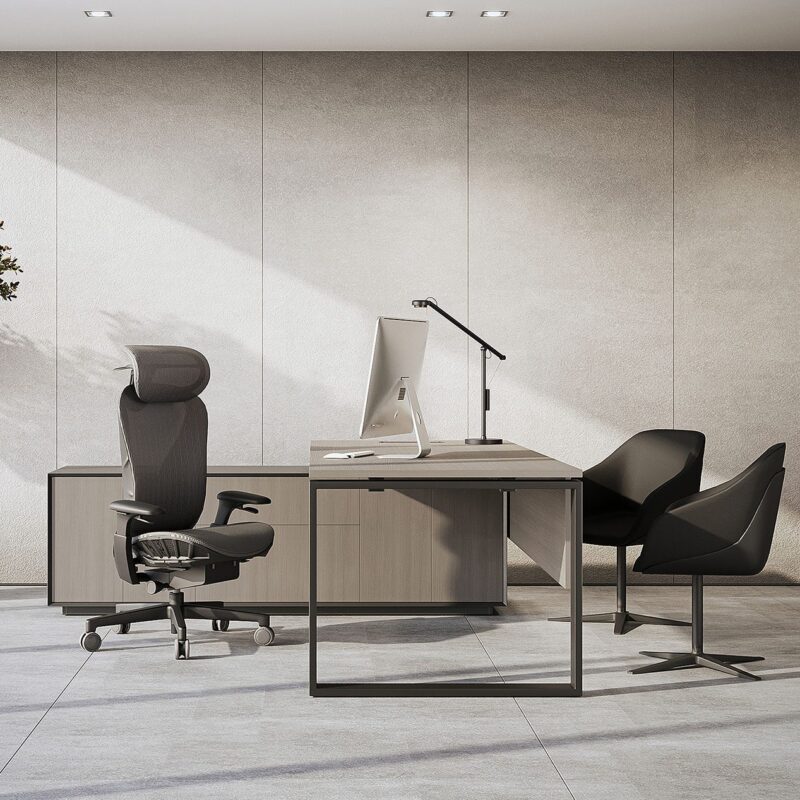Beyond the Cafeteria: How Office Bar Stools Are Boosting Informal Team Huddles
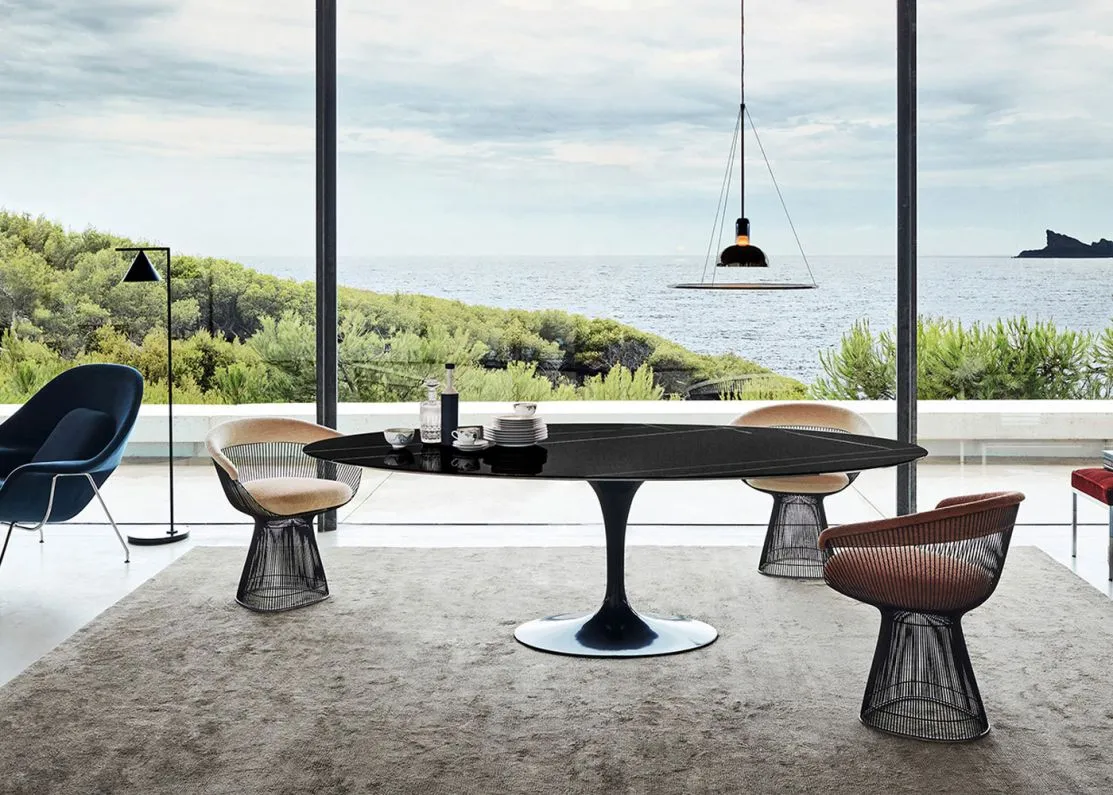
Beyond the Cafeteria: How Office Bar Stools Are Boosting Informal Team Huddles
Workplaces have changed a lot in the last few years. Cubicles and old closed-door meetings are giving way to open layouts, hybrid work setups, and areas built for team collaboration. During all these changes, one kind of furniture has snuck into the primary focus: the office bar stool. Barstools are changing how teams come together, brainstorm ideas, and connect. They help make office spaces more intelligent and lively.
Why Informal Team Huddles Work Better
You do not always need a full conference room for every talk. Quick team huddles, the informal kind, spark better ideas and speed up decision-making. Why? Posture matters, and so does the setting, in how individuals get involved.
Bar stool setups for huddles work well a lot of times.
- Shorter, sharper conversations: Sit-stand chair helps keep things focused.
- Equal participation: People at the same level, which breaks down the usual hierarchy.
- Increased engagement: people lean in naturally. They listen better and add their thoughts more actively.
A manager checking in with the project team, or just colleagues trading feedback, informal spots make equality feel real. Offices that go for this kind of thing notice team members getting bolder about sharing ideas. It pushes collaboration along and sparks innovation.
Office Bar Stools: From Cafeteria to Collaboration
Barstools used to be stuck in places like cafeterias or break rooms; nobody thought much about them. Now, they’re popping up everywhere in brainstorming spots, open work areas, and conference rooms for those quick chats before or after meetings. This shift shows how companies are trying to build spaces that keep up with the fast-changing way people work.
A few main reasons why bar stools are fitting into offices:
- Versatility: You can stick them in cafes or brainstorming corners; they work in various setups.
- Style and Comfort: options like the Merc Medium Back Stool Chair. It provides ergonomic support without messing up the look of the office.
- Modern vibe: With those sleek finishes and up-to-date designs, offices seem more welcoming.
Global design reports show how flexible seating helps build better collaboration areas.
Choosing the Right Bar Stools for Offices
Ergonomics That Keep Energy High
People do not always consider comfort when it comes to barstools, but in offices, it really matters. Good posture comes from the right seat height. That way, huddles stay productive, and nobody gets tired or worn out. Take the Bar High Chair, for example. It has proper back support and built-in footrests, which work great for those quick meetings. You still get the comfort you need.
Materials That Match Office Style
Each office has its vibe, and furniture should match that personality. You can go with industrial metal stools or pick upholstered ones that warm the room. Choices like that shape how the space feels overall. The Zoe High Chair does a nice job here. It holds up well over time and has a modern look. It’s ideal for companies wanting functionality along with some style.
Flexible Options for Dynamic Spaces
Agile workplaces move fast these days, and furniture has to keep pace. Lightweight stools help, or ones that stack easily. They let you switch from a one-on-one talk to a whole group session without hassle. The Lux High Chair fits right in. It is mobile enough but does not skimp on looking sharp. Teams can rearrange the area in just minutes, and collaboration flows smoothly.
Hidden Benefits for Teams and Culture
Office bar stools do more than look good or fit in a space. They encourage people to chat casually, which helps ideas bounce around more easily. You get these hidden benefits:
- Creativity boost: Relaxed spots with stools spark spontaneous thoughts.
- Better engagement: Seating like that makes everyone feel on the same level, and team members engage better.
- Cultural impact: Informal areas build up those workplace ties and have a real cultural effect.
- Productivity gains: Shorter huddles mean decisions come quicker and productivity picks up.
Engagement stands out as a big plus. When chairs do not highlight hierarchy, employees feel included. Take the Eve High Chair. Its design feels approachable and makes individuals value each other in talks. Over time, connections get stronger, and the whole culture improves. Even chairs focused on style, like the Ray High Chair or Yosh High Chair, help out. They draw teams together, and collaboration just feels natural.
Read Also: Office Furniture for Coworking Spaces in Dubai: Best Picks
Smarter Office Spaces Start Here
Workplaces have changed a lot. These days, they are not just about desks and conference rooms. They need to feel natural for people to collaborate. Bar stools might look like no big deal, but companies are picking them up more to help with teamwork, get ideas flowing, and build a better culture overall.
We get it at Urban 411. Furniture shapes how individuals experience the office, so we put together collections that work well for your body and look good. They slide right into modern setups without any hassle. Your office might be past the old cafeteria vibe now. It’s time to try more innovative spaces for collaboration. Start with a simple office bar stool; it has an impact because sometimes, you only need the right seat to kick off the next good idea.
FAQs
- Why are barstools used in offices?
Bar stools create casual, collaborative spaces encouraging quick discussions, idea-sharing, and a more relaxed workplace culture. - What are the benefits of office bar stools for team huddles?
They promote equal participation, keep meetings short and focused, boost creativity, and help shape an agile, modern office environment. - How do I choose the right barstools for my workplace?
Look for ergonomic comfort, durable materials, and flexible designs—options like medium-back or swivel stools suit dynamic office setups. - Can barstools really improve productivity at work?
Yes. Bar stools enable informal huddles, making conversations quicker and more engaging, helping teams make smarter decisions.


